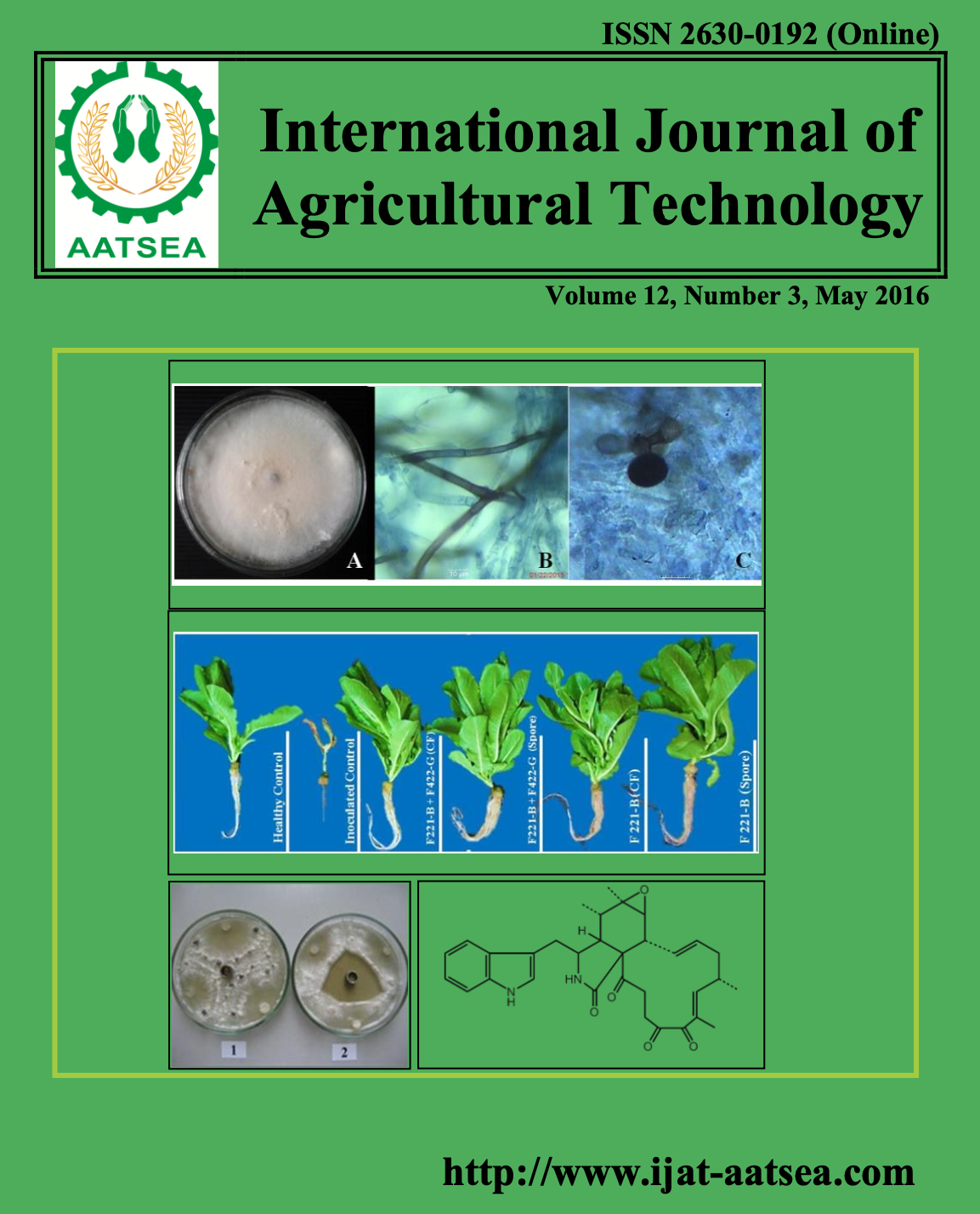Green management of human resources in organizations: An approach to the sustainable environmental management
Main Article Content
Abstract
Article Details

This work is licensed under a Creative Commons Attribution-NonCommercial-NoDerivatives 4.0 International License.
References
Barney, J. (1991). Firm Resources and Sustained Competitive Advantage. Journal of Management 17:99-120.
Barney, J. B. and Wright, P. M. (1998). On becoming a strategic partner: The role of human resources in gaining competitive advantage. Human Resource Management 37:31-46.
Brammer, S., Millington, A. and Rayton, B. (2007). The contribution of corporate social responsibilityto organizational commitment. International Journal of Human Resource Management 18:1701-1719.
Boxall, P. and Purcell, J. (2003). Strategy and Human Resource Management. Hampshire: Palgrave Macmillan. pp. 71-88.
Chakraborty, S. K., Kurien, V., Singh, J., Athreya, M., Maira, A., Aga, A. and Gupta, A. K. (2004). Management paradigms beyond profit maximization. Vikalpa 97-118.
Chew, I. K. H. and Sharma, B. (2005). The effects of culture and HRM practices on firm performance. International Journal of Manpower 26:560-581.
Conner, K. R. (1991). A historical comparison of resource-based theory and five schools of thought within industrial organization economics: Do we have a new theory of the firm?. Journal of Management 17:121-54.
Daniels, S. (2003). Employee training: A strategic approach to better return on investment. Journal of Business Strategy 24:39-42.
Durant, R. F., Young, C., Kim, B. and Lee, S. (2004). Toward a new governance paradigm for environmental and natural resources management in the 21ST century?. Administration and Society 35:643-682.
Goll, I., Johnson, N. B. and Rasheed, A. A. (2007). Knowledge capability, strategic change, and firm performance: The moderating role of the environment. Management Decision 45:161-179.
Hayati, D. and Rezaei-Moghaddam, K. (2006). Towards a paradigm shift for agricultural extension: An environmental sociology perspective. Food, Agriculture and Environment 4:244-251.
Jafri, S. (2012). Green HR practices: an empirical study of certain automobile organizations of India. Human Resource Management 42:6193-6198.
Kramar, R. and Hariadi, M. F. (2010). Human resource management, performance and organizational sustainability: A new paradigm. Social Responsibility, Professional Ethics, and Management. pp. 451-460.
Lado, A. A. and Wilson, M. C. (1994). Human resource systems and sustained competitive advantage: A competency-based perspective. Academy of Management Review 19:699-727.
Linkov, I., Satterstrom, F., Kiker, G. A., Bridges, T. S., Benjamin, S. L. and Belluck, D. A. (2006). From optimization to adaptation: shifting paradigms. in environmental management and their application to remedial decisions. Integrated Environmental Assessment and Management 2:92-98.
Mueller, F. (1996). Human resources as strategic assets: An evolutionary resource-based theory. Journal of Management Studies 33:757-785.
Peterson, D. K. (2004). The relationship between perceptions of corporate citizenship and organizational commitment. Business Society 43:296-319.
Rezaei-Moghaddam, K. and Karami, E. (2008a). Developing a green agricultural extension theory. International Journal of Sustainable Development and Planning 3:242-256.
Rezaei-Moghaddam, K. and Karami, E. (2008b). A multiple criteria evaluation of sustainable agricultural development models using AHP. Environment, Development and Sustainability 10:407-426.
Rezaei-Moghaddam, K., Karami, E. and Gibson, J. (2005). Conceptualizing sustainable agriculture: Iran as an illustrative case. Journal of Sustainable Agriculture 27(3):25-56.
Shaikh, M. W. (2012). Green HRM, A requirement of 21st century. National Monthly Refereed Journal of Research in Commerce and Management 1:122-127.
Turker, D. (2009). How corporate social responsibility influences organizational commitment. Journal of Business Ethics 89:189-204.
Wright, P. M., McMahan, G. C. and McWilliams, A. (1994). Human resources and sustained competitive advantage: A resource-based perspective. International Journal of Human Resource Management 5:301-26.
Youssefi-Khaladjabadi, D. (1994). The implications of public participation in environmental management and development. (Ph. D. thesis). University of Salford.


